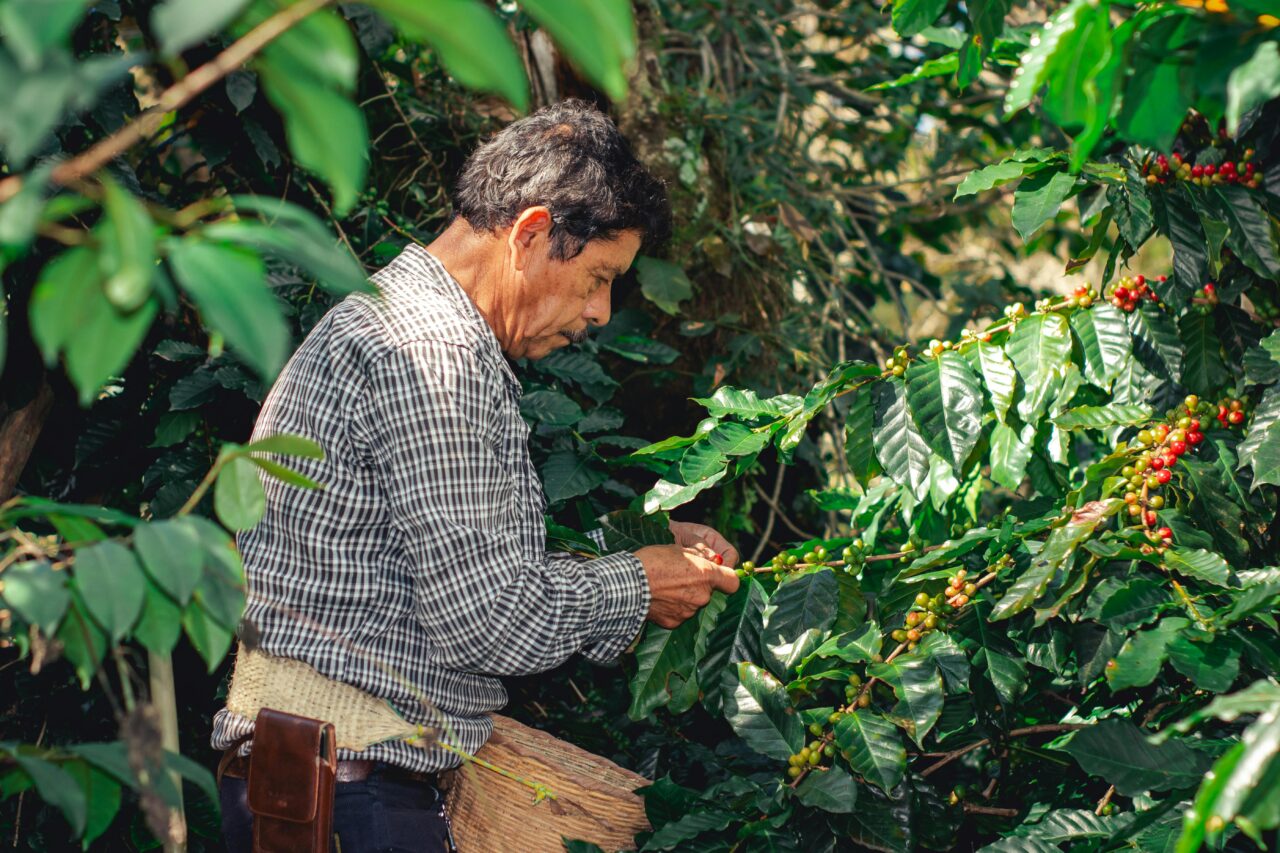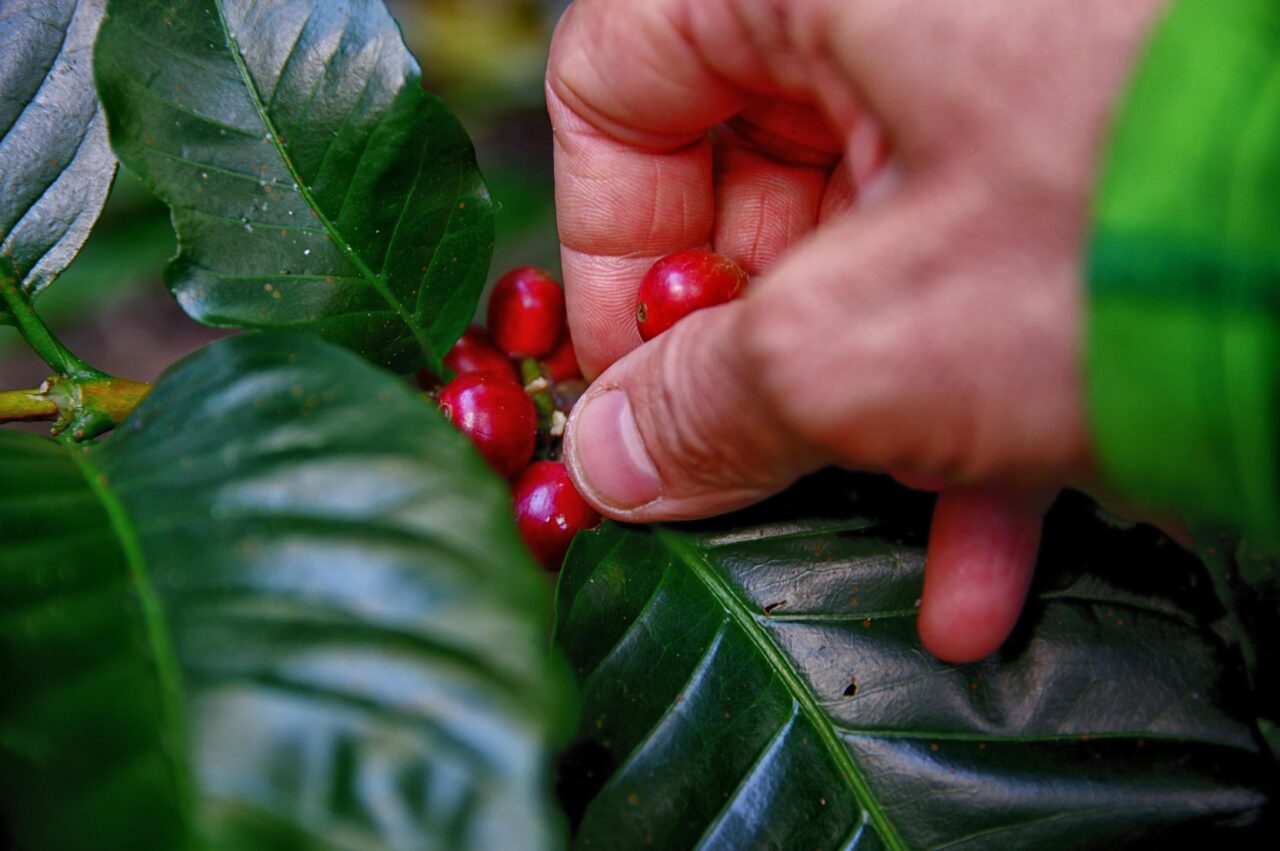As we approach 2026 there are many uncertain challenges that the coffee industry is facing. With 63% of UK consumers regularly drinking coffee it is more important than ever to look ahead in the coffee industry. From the farms where beans are cultivated to the cups served in cafés across the country, the entire supply chain is under unprecedented pressure. Climate change, labour shortages, rising costs, logistics disruptions, and trade uncertainties are converging to create a perfect storm that threatens the sustainability of coffee production worldwide. Understanding these interconnected challenges is crucial for everyone in the industry from growers and roasters to businesses and consumers who depend on their daily brew.

1. How Climate is Effecting the Coffee Industry
Considering that coffee plants are so sensitive to the environments that they grow in, it’s no surprise that climate change is one of the biggest challenges faced by coffee farmers. Take Arabica coffee for example, which makes up for 60% of the global coffee production, but requires specific climatic and geographic conditions to grow such as countries like Central and South America. The ideal environment for Arabica beans to grow in is high-altitude regions with cooler temperatures, rich soil, and consistent rainfall. In recent years, the weather patterns have shifted with the combination of long droughts and intense storm and temperature changes in these regions, it’s understandable that the coffee bean yields are unpredictable.
It’s not only the weather and climate change that is affecting the environment that coffee beans grow in, but also disease. Coffee leaf rust, caused by the fungus Hemileia Vastatrix, is highly contagious and poses a significant threat to coffee production.

2. The Impacts of Labour Shortage
More often than not coffee cherries are selectively handpicked due to coffee trees often being grown in mountainous areas, which makes mechanical harvesting difficult. This process can be labour intensive and requires a large number of skilled labourers, however the coffee industry has seen a decline in labour force due to the physically demanding nature of the work and better alternative job opportunities in other agricultural sectors. This decline in labour force has only been intensified by climate change and market volatility.
In the past year alone, many coffee producing countries have reported a significant drop in output due to labour shortages, with some regions experiencing harvest losses of up to 30 percent. These labour constraints, combined with rising production costs, have forced many smallholder farmers to abandon coffee cultivation altogether or reduce their planted areas.

3. Rising Coffee Production Costs
Whilst facing labour shortages, the coffee industry is also being hit with increasing costs at every stage of production. Rising costs of fertiliser, fuel, and labour costs are making it harder for coffee producers to make a profit, these cost increases are also discouraging farmers from expanding their cultivation resulting in a limited supply of coffee beans.
Rising production costs aren’t the only financial challenge that coffee farmers are facing. As many of the coffee producing countries working in local currencies, the changes in the U.S. dollar value have weakened the local currency which has resulted in an increase in the cost of coffee.

4. Logistics, Freight & Trade
In recent years, getting coffee from origin to the consumers has become increasingly complicated. With the coffee industry facing disruptions in 2024 from infrastructure strain, extreme weather conditions and labour shortage.
In major coffee-exporting countries such as Brazil and Vietnam, logistics now account for 15-20% of the final price of the coffee. The global ocean freight market faces complex challenges heading into 2025, with ongoing disruptions in the Red Sea and Panama Canal showing few signs of improvement. One overlooked issue in 2024 was the global shortage of 20-foot dry containers, which created other logistical challenges, adding delays and increasing costs for coffee shipments. The coffee machine industry and industrial coffee operations are particularly affected by these shipping challenges, as timely delivery of beans is essential for maintaining consistent supply chains and quality products.

5. Tariffs & Trade Uncertainty
Changing trade policies (tariffs, sanctions) ripple through supply chains creates significant risk for growers, exporters, suppliers, and ultimately consumers. In recent months, coffee tariffs have become central to industry conversations and forecasts, with exporters uncertain, roasters re-pricing, and consumers paying more. The impact on coffee-producing nations varies widely: Vietnam faces potential tariffs of 46%, Indonesia 32%, while Colombia and Brazil contend with 10%.
The challenges facing the global coffee industry as we approach 2026 are interconnected and complex. From climate change threatening traditional growing regions to labour shortages leaving crops unharvested, from rising production costs squeezing profit margins to logistics nightmares delaying shipments, and finally to trade uncertainty creating market volatility, each of these five challenges compounds the others.
For those working across the coffee market, whether in the coffee machine industry, industrial coffee production, or specialty roasting, understanding these challenges is essential for building resilience. Market research shows that the coffee industry must adapt through sustainable practices, technological innovation, and stronger relationships throughout the supply chain.
As coffee sales continue to be affected by these challenges, the industry’s ability to weather this perfect storm will depend on collaboration between growers, exporters, roasters, and consumers. The future of our daily cup depends on addressing these challenges head-on, with transparency, innovation, and a commitment to sustainability at every level of the global coffee industry.

